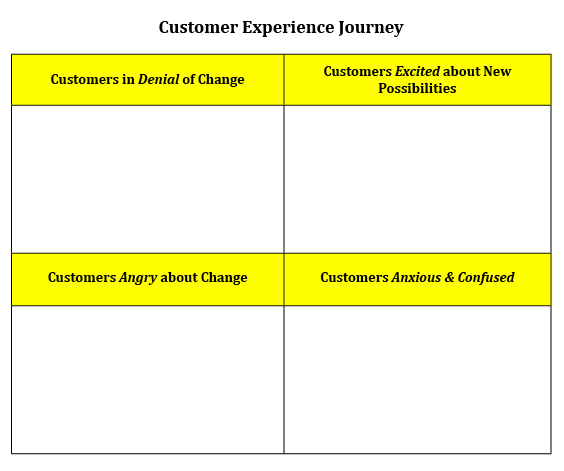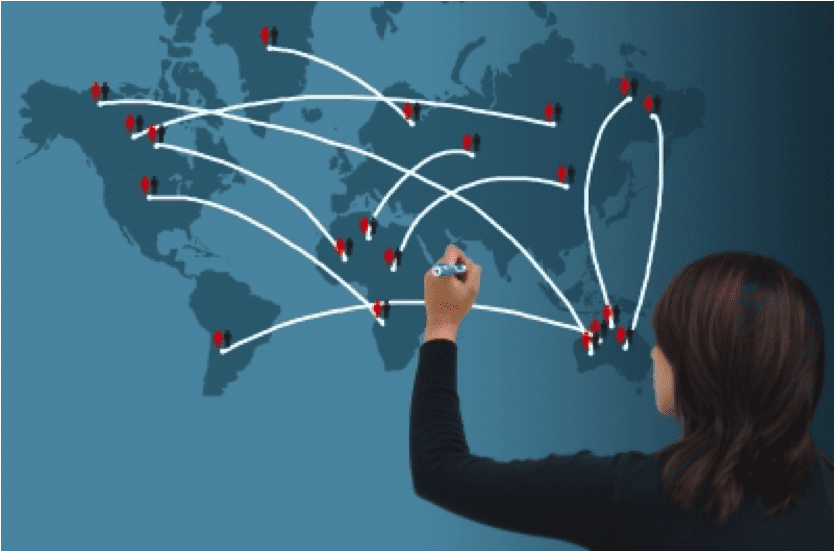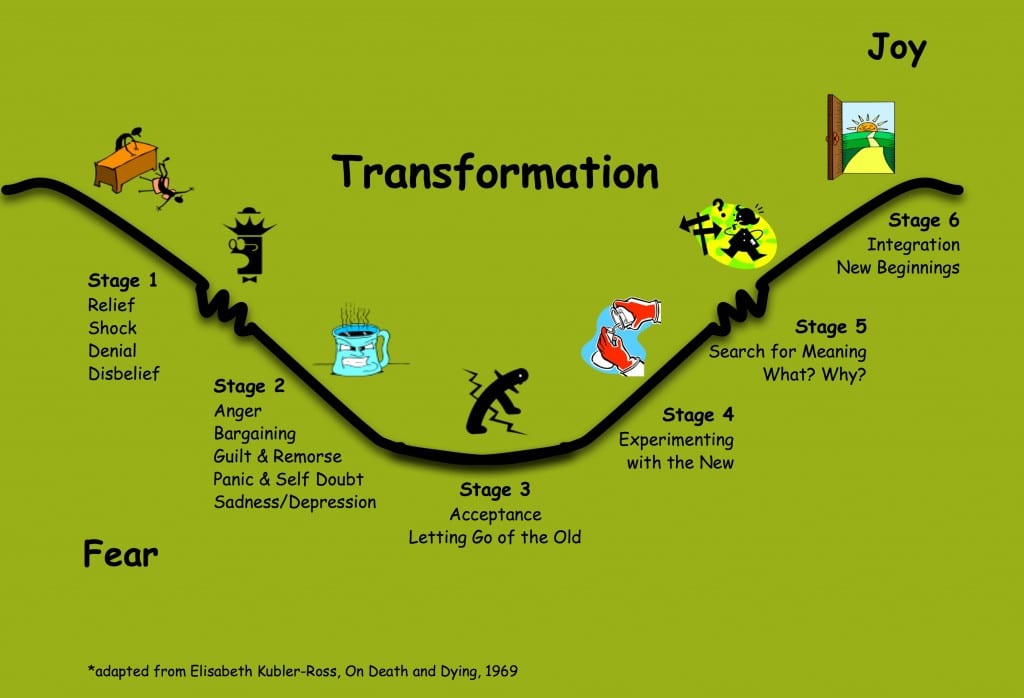Do you have an intimate understanding of your customers’ experiences when purchasing and then using your services and products? Given that mapping organizational workflows prove to reduce operational errors and increase return on investment, it follows that mapping your customers’ journey will provide similar benefits.
Documenting all points where customers touch your people and offerings uncovers opportunities to improve and add value to the overall consumer experience.
Key customer insights from positive and negative interactions with your people, products and services need to govern all aspects of their design, development and delivery. Without this customer input, your improvements and innovations are not likely to be customer-centred but instead based on leadership supposition.
The customer experience or journey through an organization tends to be horizontal, that is, it crosses functions and roles. At cross-purposes to this is the typical vertical design of organizational functions and roles, which prevents employees from sharing a whole picture of the customer process. Mapping the entire customer experience cuts across these vertical silos evolving greater cross- functional collaboration among employees and focusing organizational behaviour on a customer-centred approach.
Although web analytics provide us with significant data on what our customers are doing, we also need to be aware of what they are feeling and needing — what motivates them and what are their expectations. Conducting customer satisfaction surveys begins to address how customers feel and what they are thinking, but every employee engaged with the customer needs to be collecting customer observations and sourcing out corporate patterns that need improvement. Customer analysis cannot be limited to Human Resources or, even worse, strategy sessions among senior executives particularly because neither works directly with customers. Only those in direct association with your customers have the information to analyze customer motivation and expectations as well as the skills to enact necessary change.
To put customer motivation and expectation into context, global consumerism is being greatly impacted by two consumer groups — Millennials and Baby Boomers —which make up close to 70% of the consuming public. Boomers, touted as experiencing a ‘generation gap’ relative to their parents, saw themselves as unique from every previous generation.
In a similar vein, Millennials appear to be experiencing their own generation gap vis-à-vis their elders, which likely intensified due to information technology advances. As of 2014, some of their motivation and expectations include —
- want & value:
- collaboration on a team
- impacting the greater good
- trust & transparency (more likely to engage with trusted brands)
- innovation (not interested in how things were done in the past)
- engaging in their preferred language (English accounts for only 53%)
- a fast response & instant gratification
- experience high job turnover (leaving top-down hierarchies)
- question whether we know how to market to them
- discover content through social networks (FB, Twitter, Google, email, YouTube)
- touch multiple devices daily (smart phones @ 45 times/day, laptops & tablets)
- accept the online collection of personal information
When considering the diversity of customers (even beyond Millennials and Boomers) who engage with a single company on a daily basis, the ability to profile their needs, motivations and actions appears daunting. However, there is one constant that we all share — as a global society, we face a rapidly changing environment with the following iVUCA characteristics — interconnected, volatile, uncertain, complex and ambiguous. Whether you are situated in worn-torn Kiev or economically-withered Detroit, change is being thrust upon us.
Although the future is highly uncertain, we do know some things about change. It’s a repetitive process. Elisabeth Kubler-Ross documented the stages humans pass through when encountering change, and the process essentially moves us from fear to joy, if we allow it.
A way to simplify this universal change process is to understand that we begin at a place of Contentment where we feel focused and in control until change arrives. In the initial stage of change, humans will often resort to Denial until the evidence and pressure of the change becomes so apparent it can no longer be ignored. At this point, we know something has happened, we might even know what it is, but we don’t know what to do about it. In our Confusion, we see the unraveling of the old way but are uncertain as to a new course of action. Often experimentation and learning new ways accompany our confusion and uncertainty until pieces of the puzzle begin to fit together. If we are able to relinquish the insecurity felt when there is a lack of concrete structure, excitement and Renewal take hold. Ultimately, it is the building of these concrete structures, goals and results that eventually guides us back into Contentment where we will stay until the next wave of change emerges.
Whether an organization’s customers are internal (employees and other stakeholders) or external (purchasers of products and services), they all reside at any given time in one or more of the above four stages. Understanding which of these four stages epitomizes an organization’s customer profile can be very useful in sorting out customer needs and expectations.
Given the products and/or services you offer to customers, in which of the four boxes below do you see these customers fitting? Are they in denial of change? Are they excited about new possibilities? Are they angry about change? Are they anxious and confused?
You may need to ask yourself the same questions before you can identify where your customers are most likely to fit.
 Courtesy of Carolyn Ordowich
Courtesy of Carolyn Ordowich
Next week, in Customer Experience Mapping — Part II, I will share a simple process to help collect the data you need before you begin to document the mapping process.
For more on organizational transformation and design, click here.






